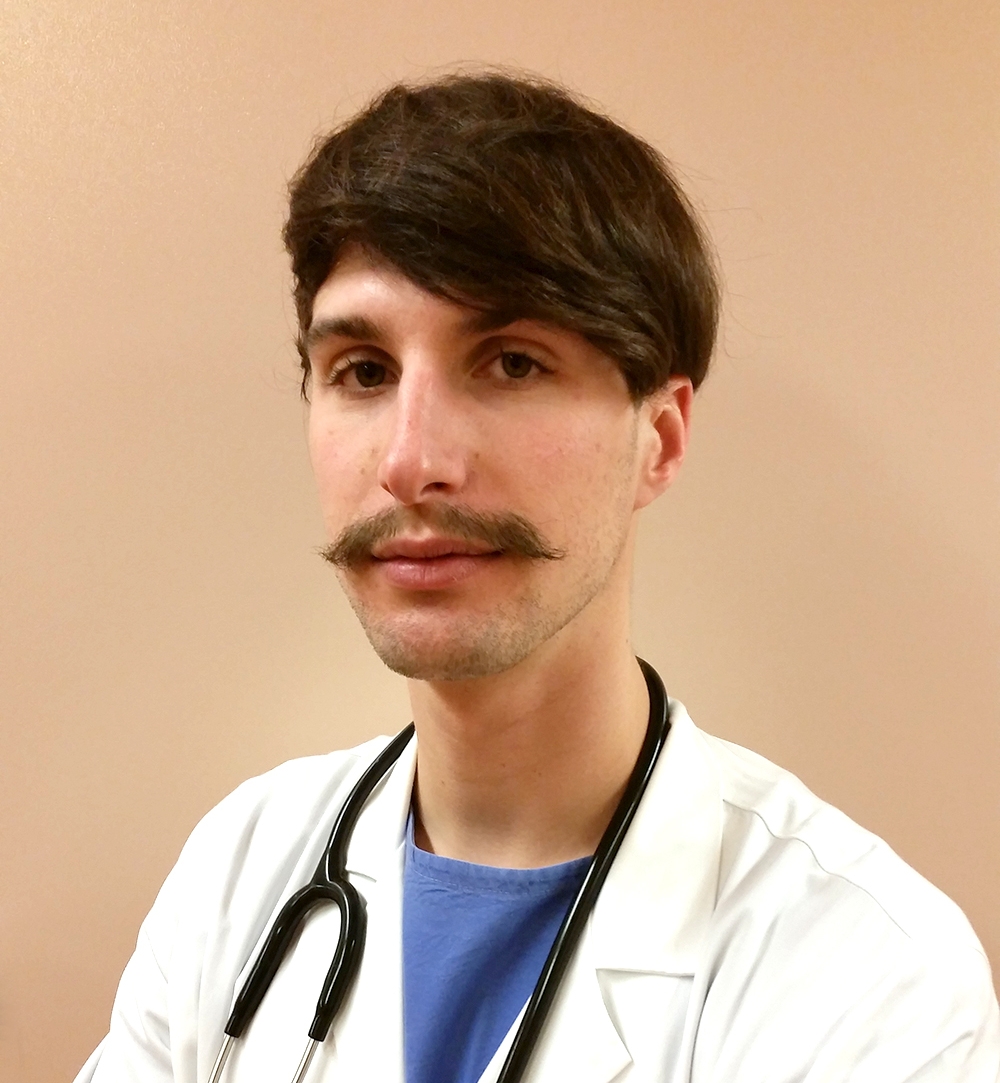Dr. Bernhard Scharinger

MedUni Wien RESEARCHER OF THE MONTH, October 2017
The health benefit through the control of lipid levels in hyperlipidaemic individuals is evident from a large number of studies. The pharmacological options to achieve this goal shall be as specific and personalized as the reasons for and co-factors of hyperlipidaemia. It was the goal of this study to reveal the impact of leoligin on cholesterol levels and to define its mechanism of action.
Oral application of leoligin in ApoE −/− mice led to significantly reduced total serum cholesterol levels and a reduction in postprandial blood glucose peak levels. In the absence of biochemical signs of toxicity, leoligin treatment resulted in reduced weight gain in mice. The effects of leoligin on serum cholesterol levels may be due to a direct inhibition of 3-hydroxy-3-methyl-glutaryl-CoA reductase (HMGCR) by a unique, non-statin-like binding mode. Postprandial serum glucose peaks may be reduced by a mild peroxisome proliferator-activated receptor-gamma agonistic activity of leoligin. No effect on atherosclerotic plaque size was observed.
As a non-toxic, cholesterol-, peak glucose-, and weight gain-lowering compound, leoligin continues to fulfil characteristics of a potential agent for the treatment of cardiovascular disease. The counterregulatory overexpression of hepatic HMGCR in leoligin treated animals possibly explains the missing permanent anti-atherosclerotic effect.
Selected literature
1. Scharinger B, Messner B, Turkcan A, Schuster D, Vuorinen A, Pitterl F, et al. Leoligin, the major lignan from Edelweiss, inhibits 3-hydroxy-3-methyl-glutaryl-CoA reductase and reduces cholesterol levels in ApoE-/- mice. Journal of molecular and cellular cardiology. 2016;99:35-46. (IF4.874)
2. Reisinger U, Schwaiger S, Zeller I, Messner B, Stigler R, Wiedemann D, et al. Leoligin, the major lignan from Edelweiss, inhibits intimal hyperplasia of venous bypass grafts. Cardiovascular research. 2009;82(3):542-9.
3. Duwensee K, Schwaiger S, Tancevski I, Eller K, van Eck M, Markt P, et al. Leoligin, the major lignan from Edelweiss, activates cholesteryl ester transfer protein. Atherosclerosis. 2011;219(1):109-15.
4. Messner B, Kern J, Wiedemann D, Schwaiger S, Turkcan A, Ploner C, et al. 5-Methoxyleoligin, a lignan from Edelweiss, stimulates CYP26B1-dependent angiogenesis in vitro and induces arteriogenesis in infarcted rat hearts in vivo. PloS one. 2013;8(3):e58342.
5. Turkcan A, Scharinger B, Grabmann G, Keppler BK, Laufer G, Bernhard D, et al. Combination of cadmium and high cholesterol levels as a risk factor for heart fibrosis. Toxicological sciences : an official journal of the Society of Toxicology. 2015;145(2):360-71. (IF: 3.880).
6. Baranyi U, Stern C, Winter B, Turkcan A, Scharinger B, Stelzmuller ME, et al. The megaaortic syndrome: Progression of ascending aortic aneurysm or a disease of distinct origin? International journal of cardiology. 2016. (IF: 4.638).